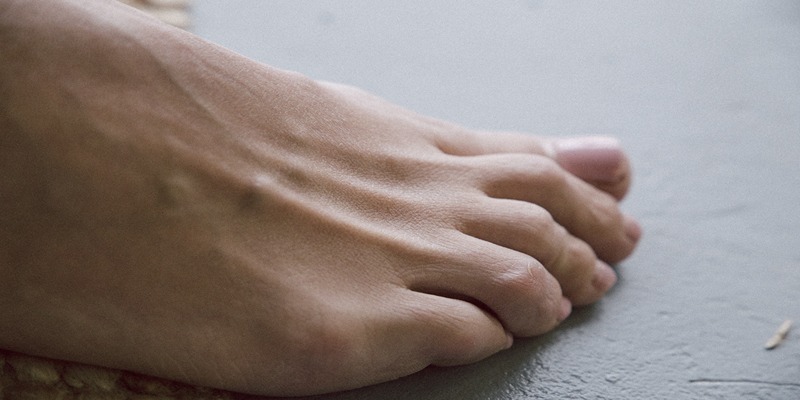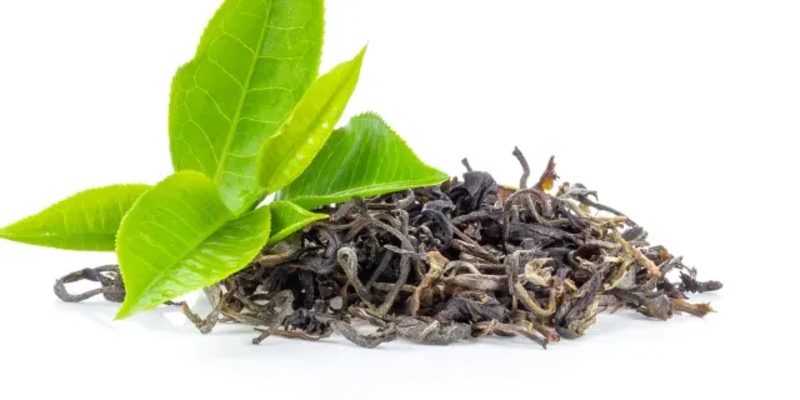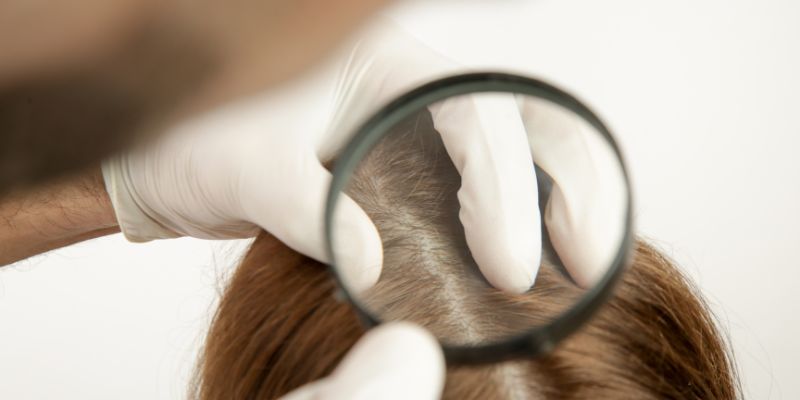An excessive amount of sun exposure is the leading cause of skin cancer, including the difficult variety of melanoma. Sun ultraviolet radiation is responsible for approximately 90% of these cancers. You can substantially reduce your risk by selecting and applying the best sunscreen. When in the market for one, it is easy to become entangled in a sea of extravagant claims and perplexing guidance regarding the factors contributing to mineral sunscreen’s efficacy.
Broad-Spectrum Sunscreens
The label's indication of "broad-spectrum" should be your primary concern when purchasing sunscreen. UVA and UVB are the two varieties of harmful rays emitted by the sun, making this term critical. Burning occurs in response to UVB rays, whereas skin cancer can develop due to UVA rays. Unprotective against the hazards of UVA rays, certain best sunscreens block only UVB rays. Scientific studies show that broad-spectrum products protect against UVA and UVB rays. Prolonged skin health protection is more important than sunburn prevention. Sunscreens should be broad-spectrum, according to the AAD.
UVA and UVB radiation can cause skin cancer and premature aging; sunscreens are crucial. Choosing a broad-spectrum sunscreen to protect your skin from these risks was wise. Always remember that sun exposure isn't confined to summer. Seasonal UVA rays may penetrate most clouds and glass and reach deeper skin layers. Even on foggy days, driving can hurt your skin. Therefore, physicians urge daily broad-spectrum sunscreen use regardless of weather. Before buying, the sunscreen bottle should feature "broad-spectrum" prominently. Comprehensive skin protection experts recommend this simple technique to protect the skin from the sun's rays in the short and long term.
Selecting the Right SPF Level
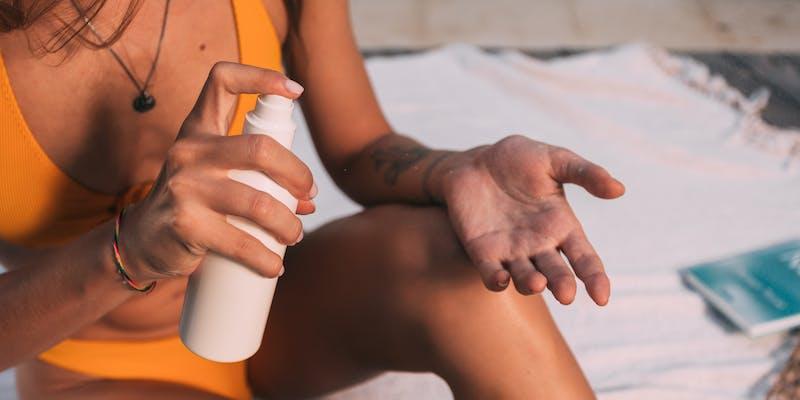
Sun Protection Factor (SPF) is a widely recognized concept among the general populace. As is demonstrated on mineral sunscreen bottles, the procedure entails more than merely choosing the highest digit. SPF-rated sunscreens provide protection against UVB rays, the specific type that causes sunburn. Nevertheless, precautions are not recommended regarding protection against UVA radiation, which is similarly harmful.
A minimum SPF of 30 is regarded as sufficient under industry standards. By inhibiting an estimated 97% of UVB rays, this protection level is enough for most individuals. SPF 50 effectively obstructs around 98% of these wavelengths. Even though the additional 1% may seem insignificant, an individual with sensitive skin or a previous skin cancer diagnosis may perceive it as a substantial difference. However, exceeding SPF 50 generally does not offer significant additional benefits. The American Cancer Society notes that no sunscreen for face can completely block UVB radiation and suggests that higher SPFs may stimulate a false sense of security, leading to less frequent application.
It is crucial to emphasize that any solar protection factor (SPF), regardless of its effectiveness, cannot completely prevent skin cancer and aging. Frequent reapplication is necessary, specifically following swimming, perspiring, or drying with a cloth. Reapplying the best sunscreen is advised by the Skin Cancer Foundation every two hours or more frequently when swimming or sweating. According to research published in the Journal of the American Academy of Dermatology in 2023, around 30% of Americans follow the recommended procedure for reapplying sunscreen. This statistic underscores the importance of choosing the suitable SPF and optimizing its application. Consistently and liberally applying a minimum SPF 30 sunscreen will guarantee optimal skin protection.
Water Resistance in Sunscreens
Comprehending the meaning of "water-resistant sunscreen" is of the utmost importance. You may have encountered products advertised as "waterproof," but this claim is unfounded. No sunscreen is entirely impermeable and sweatproof. The FDA bans these labeling because they may mislead consumers into thinking items are safe. Waterproof mineral sunscreens work even when wet or sweaty. SPF is assessed after 40 or 80 minutes in water. Even so, they're not flawless. Whether you swim, dry off, or sweat a lot, you must reapply sunscreen every two hours.
According to a 2022 survey, many people forget to reapply sunscreen, especially after aquatic escapades. Not doing this may result in insufficient sun protection, even with a water-resistant product. Reapplying carefully is crucial for long-term outdoor activity. When selecting a water-resistant sunscreen, the duration of your water-related activities should also be considered. Opt for a sunscreen that offers water resistance for at least 80 minutes when participating in vigorous physical activities or swimming for extended periods. For physically moderate or brief activities, a water-resistant sunscreen that protects for forty minutes might be sufficient.
SunScreens For Different Skin Tones
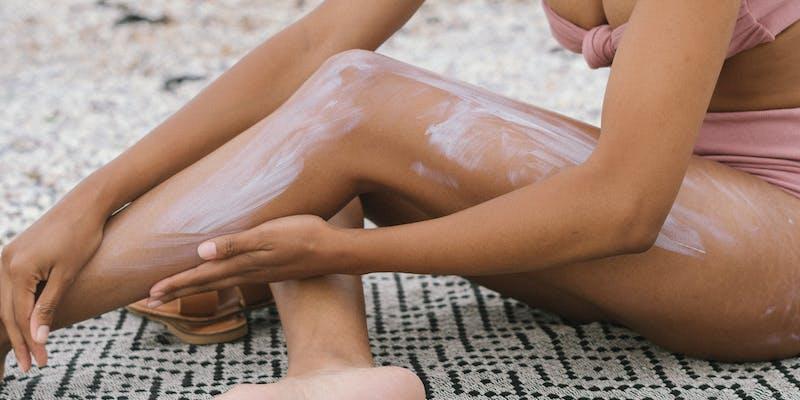
Protecting Dark Skin from the Sun
Contrary to popular belief, there is considerable concern regarding the potential for sunburn or harm if one has dark skin. Such is not the case. Dark skin, abundant in melanin, burns more slowly than paler skin. However, it remains vulnerable nonetheless. Particularly so in individuals with dark skin, sun exposure can cause hyperpigmentation, age spots, and skin cancer. While less prevalent in individuals with darker skin, skin cancer is frequently detected belatedly, which contributes to unfavorable prognoses.
In the past, sunscreens that produced a chalky, white residue were deemed inappropriate for individuals with brown skin. Applause should be extended to sunscreen technology for its incremental progress. There are now available alternatives that perfectly blend in with darker complexions. Considering one's skin type—dry, oily, or normal—is critical when choosing a sunscreen that blends seamlessly and prevents the formation of a white cast. Notwithstanding alternative SPF recommendations, the most secure choice is a broad-spectrum sunscreen featuring an SPF of 30 or 50. This type of the best sunscreens offers protection against both UVA and UVB radiation.
Sun Protection for Light Skin
Pallid skin is susceptible to potential harm from tans. Tanshine results from UV damage, causing the epidermis to produce melanin. Fair-skinned individuals, including redheads, are especially vulnerable to sunburn. Significant risk factors for skin cancer, as identified by the Mayo Clinic, include a fair complexion and a history of sunburns.
Daily solar protection is required for individuals with fair complexions. Lighter-skinned individuals should apply sunscreen for face even indoors due to their increased vulnerability to sunburn. It is recommended that individuals with compromised sun sensitivity, heightened ultra-sun protection or a familial predisposition to skin cancer start using the best sunscreen containing at least SPF 50. However, for general security, SPF 30 may be adequate. This individualized guidance ensures optimal UV damage protection for your specific skin type.
